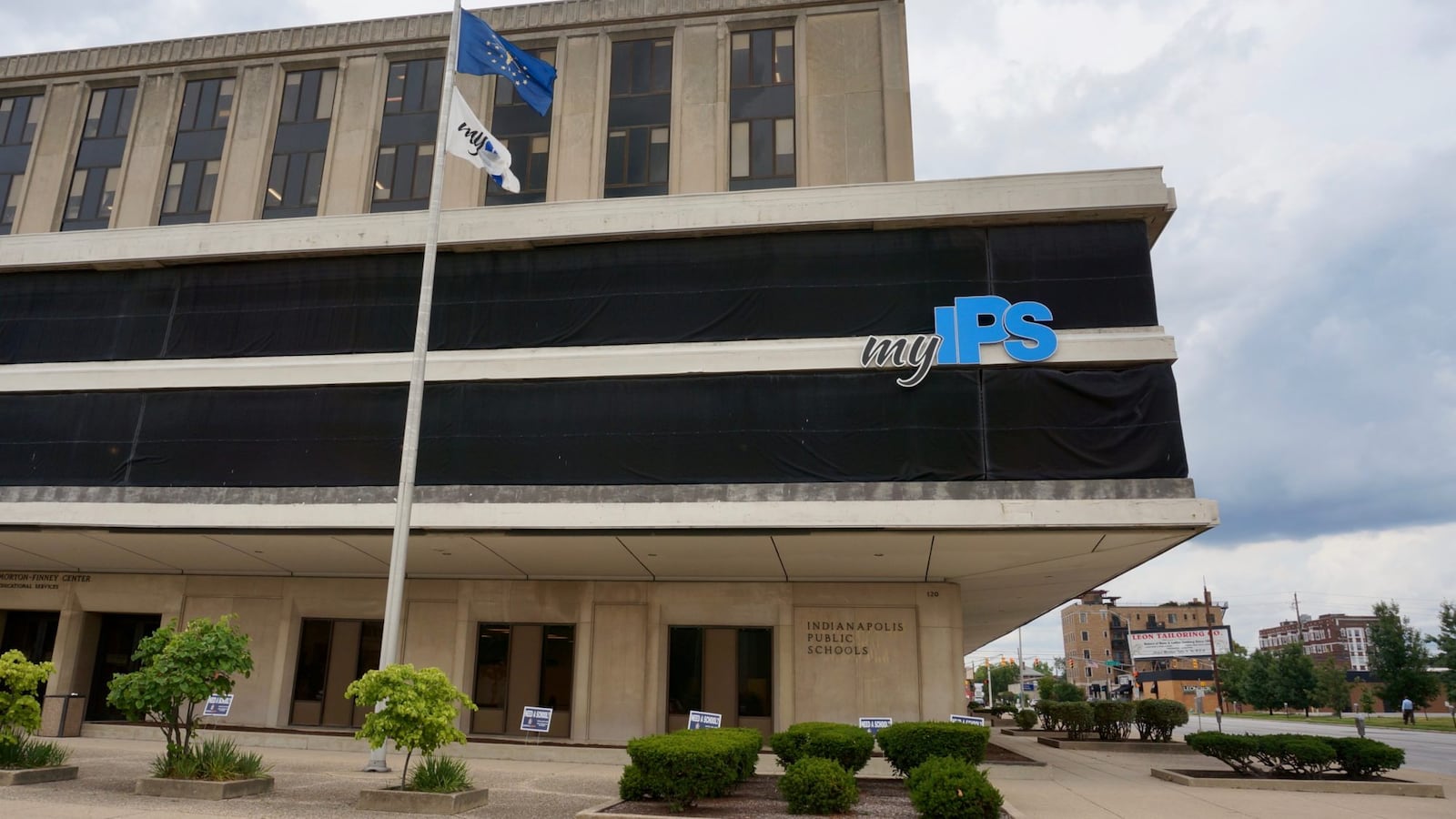As Indianapolis Public Schools is moving to shrink the district’s footprint by closing schools and selling off real estate, district officials are considering something surprising: building new campuses and an administrative office.
Superintendent Lewis Ferebee, who has made reducing the real estate owned by the state’s largest district a cornerstone of his administration, mentioned the possibility of constructing new buildings during a media briefing earlier this week.
“Building a new structure for the district is not off the table,” he said.
That possibility seems to run counter to many of the district’s latest decisions. Over the last three years, district leaders have sold close to 10 buildings. They have closed four high schools and plan to sell two of the campuses. In bid to win support for a tax measure to increase school funding, the school board earlier this week agreed to a compromise with the Indy Chamber that may force them to close more than a dozen schools.
And now they are considering selling the headquarters at 120 E. Walnut St., which has about 185 staff members and serves as the hub of the district’s operations.
But there are two issues administrators say could push the district to build or acquire new facilities: As the administration has closed buildings that previously housed district staff, such as the facilities management division, employees have been displaced.
Next year, the administration plans to use the vacant Broad Ripple High School and John Marshall Middle School buildings for some operations — which also allows them to sidestep a state law that requires vacant schools be placed on a registry and eventually made available to charter operators for $1. But after those buildings are eventually sold, the administration doesn’t have a plan for where to house those functions and workers, said Joe Gramelspacher, special project director.
If the district sells its downtown office building, it may want to open an educational services and operations center in another location, he said.
“Some of our older facilities that cost a ton to operate, if they were demolished and a new at-scale school was built, it could have lower operational costs in the long run,” Gramelspacher said. “When we think about facilities, it’s not just about cutting, cutting, cutting. It’s about cultivation of the portfolio of real estate.”
The second reason why the district is considering future construction, said Ferebee, is to make elementary schools more efficient. Many of the district’s current schools are old and were built to house just a few hundred students. Because larger schools are less costly to operate, it could pay off in the long term to replace some buildings with newer, larger campuses, said Ferebee.
One option, Ferebee said, is building a new school campus with an administration office at the same location.
“We are just open to what’s going to be, of course, most efficient for us in terms of our dollars,” Ferebee said. The new central office, he added, would also need to be “accessible to our customers and our families that we’re serving.”


